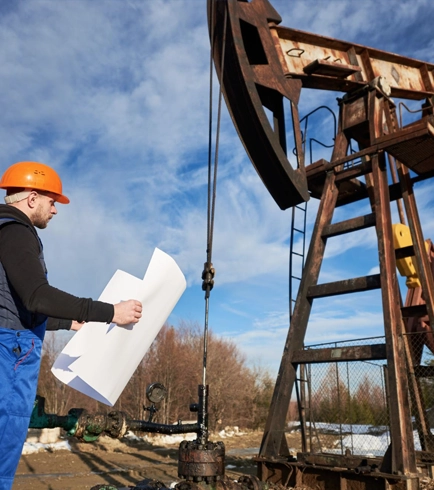7 月 . 29, 2024 07:22 Back to list
Troubleshooting a Submersible Pump That Is Failing to Lift Water Efficiently and Effectively
Understanding Why a Submersible Pump May Fail to Lift Water
Submersible pumps are an essential tool in various applications, ranging from agricultural irrigation to dewatering construction sites. These pumps are designed to function underwater, efficiently moving water up to the surface. However, many users encounter the frustrating situation where their submersible pump fails to lift water. Understanding the underlying causes of this issue can help troubleshoot problems and ensure optimal pump performance.
Common Issues Affecting Submersible Pump Performance
1. Electrical Problems One of the first areas to investigate when a submersible pump isn't lifting water is the electrical system. Issues such as tripped circuit breakers, blown fuses, or faulty wiring can prevent the pump from operating. It's essential to check the power supply and connections to ensure that the pump receives the necessary voltage.
2. Clogged Intake Submersible pumps draw water through an intake screen, which can become clogged with debris, sediment, or other materials. If the intake is obstructed, the pump may struggle to lift water or fail altogether. Regular maintenance, including cleaning the intake screen, can help prevent this problem.
3. Mechanical Failures Like any mechanical device, submersible pumps can experience wear and tear over time. Common issues include damaged impellers, bearings, or seals. If components are worn out or broken, the pump may fail to generate the necessary pressure to lift water. A thorough inspection of the pump's internal parts can identify and address mechanical failures.
submersible pump not lifting water

4. Insufficient Submersion Depth Submersible pumps require proper submersion to operate effectively. If the water level falls below the pump's minimum operating depth, it may not be able to lift water. This situation is particularly common in applications where water levels fluctuate significantly. Ensuring that the pump is adequately submerged is crucial for its performance.
5. Wrong Pump Size or Type Choosing the wrong pump for specific applications can also lead to performance issues. A pump that is too small for the required volume of water or not designed for the particular type of water being pumped may struggle to lift water. It’s important to select a pump that meets the specific needs of the application, taking into account factors such as flow rate, head pressure, and the nature of the liquid being pumped.
6. Air Lock Issues An air lock can occur within the pump or piping, preventing water from being moved effectively. This typically happens when the pump is initially installed or after maintenance. Air locks can often be resolved by bleeding the system or ensuring that the pump is primed correctly.
7. Temperature and Fluid Characteristics The environment in which the pump operates can also affect its performance. Extreme temperatures, both hot and cold, can impact the viscosity of the fluid being pumped. Additionally, the presence of corrosive or abrasive materials can contribute to pump failure. Using pumps designed for specific temperature ranges and fluid types can mitigate these issues.
Conclusion
When a submersible pump fails to lift water, it can be a significant inconvenience. However, by understanding the common issues that lead to this problem, users can troubleshoot effectively and implement the necessary solutions. Regular maintenance, correct pump selection, and proper installation are key to ensuring reliable operation. In cases where problems persist, consulting with a professional can provide insights and solutions, helping to restore the pump to its full functionality. By addressing these potential issues promptly, users can minimize downtime and maximize the efficiency of their submersible pumps.
-
Your Guide to Deep Well Pumps
NewsOct.31,2024
-
Why Choose a Stainless Steel Deep Well Pump?
NewsOct.31,2024
-
Understanding Water-Filled Submersible Pumps
NewsOct.31,2024
-
Understanding SS Submersible Pumps
NewsOct.31,2024
-
Reliable Submersible Well Pumps for Your Water Supply Needs
NewsOct.31,2024
-
Choosing the Right Submersible Pump for Your Water Management Needs
NewsOct.31,2024
-
 Understanding Water-Filled Submersible PumpsWhen it comes to selecting the right pump for your water management needs, understanding the different types available is crucial.Detail
Understanding Water-Filled Submersible PumpsWhen it comes to selecting the right pump for your water management needs, understanding the different types available is crucial.Detail -
 Guide to Installing a Deep Well Submersible PumpWhen dealing with deep wells, a deep well submersible pump is often the most effective solution for extracting water from significant depths.Detail
Guide to Installing a Deep Well Submersible PumpWhen dealing with deep wells, a deep well submersible pump is often the most effective solution for extracting water from significant depths.Detail -
 Finding the Right Submersible PumpWhen seeking an efficient solution for pumping water from deep wells, sumps, or other applications, the submersible pump is a leading choice.Detail
Finding the Right Submersible PumpWhen seeking an efficient solution for pumping water from deep wells, sumps, or other applications, the submersible pump is a leading choice.Detail
